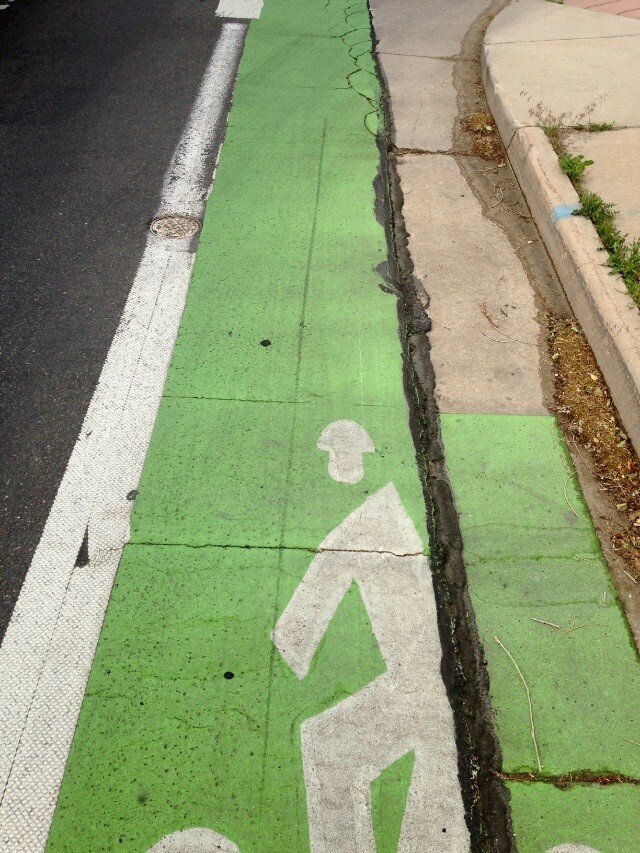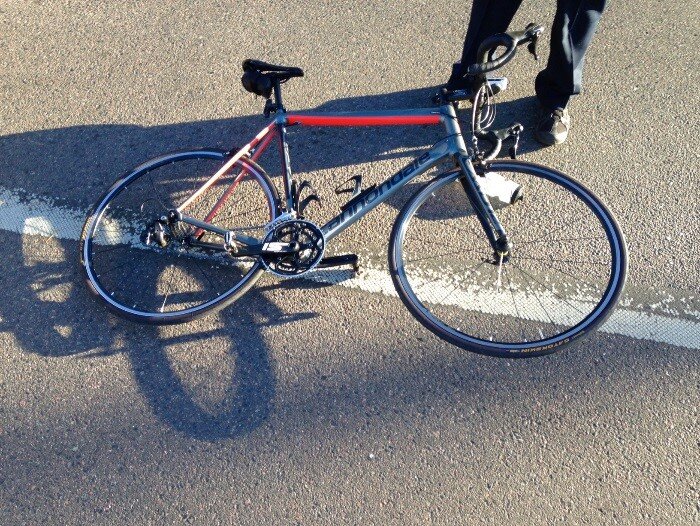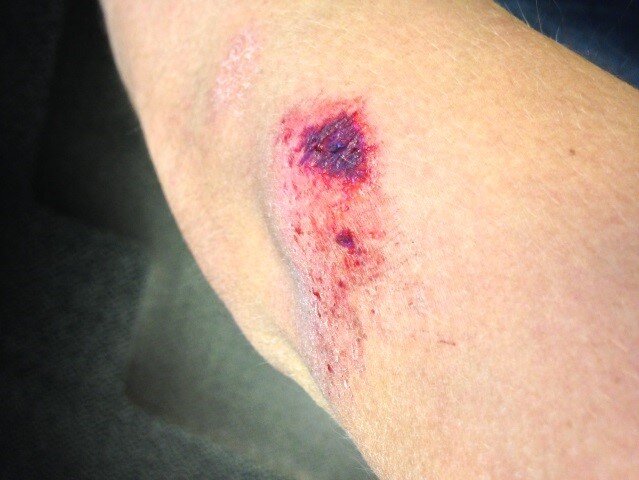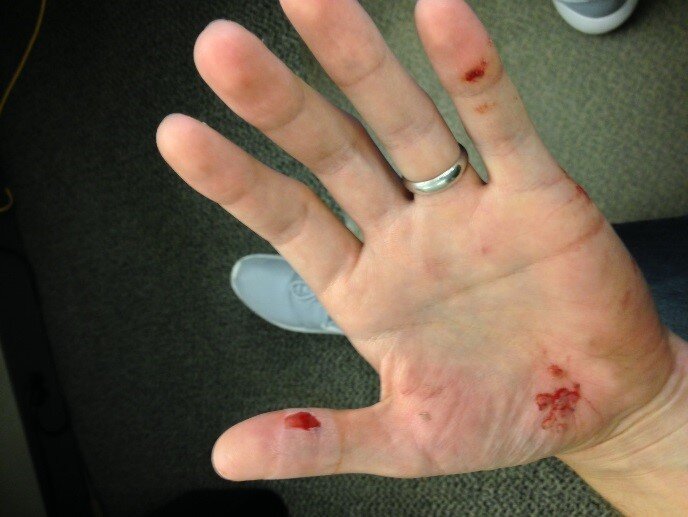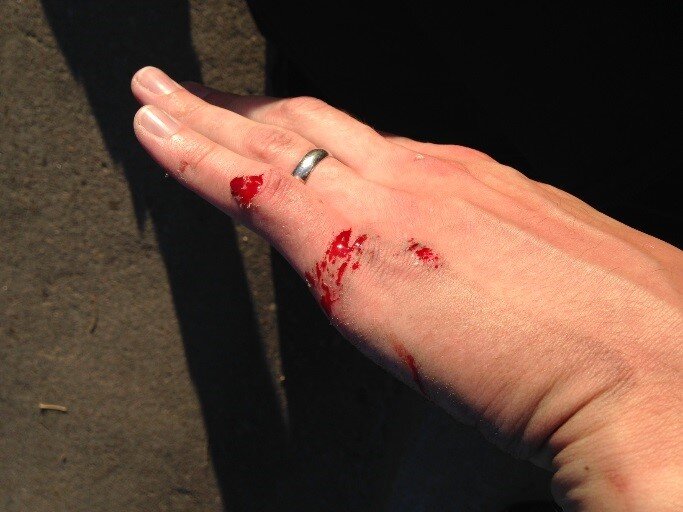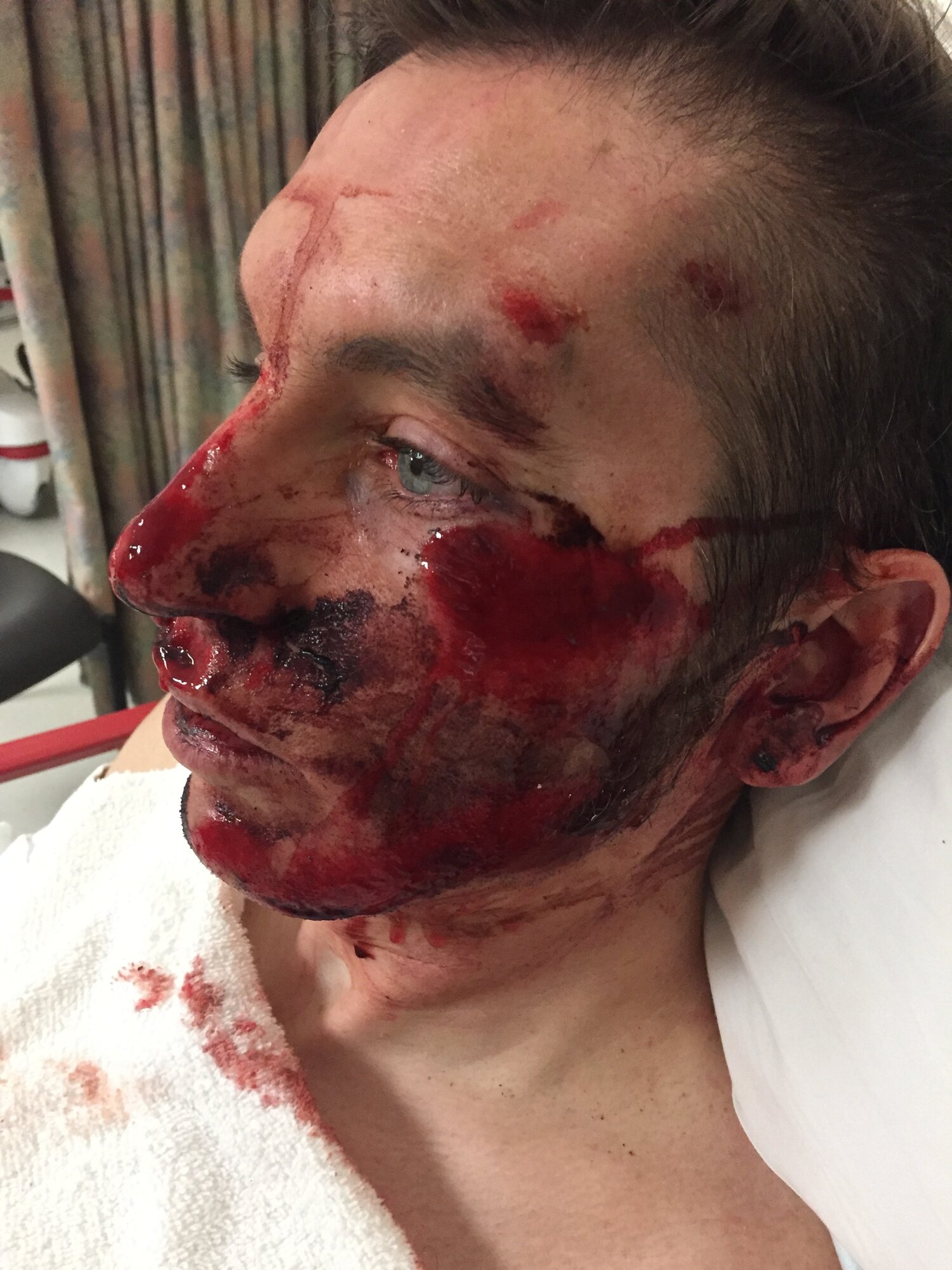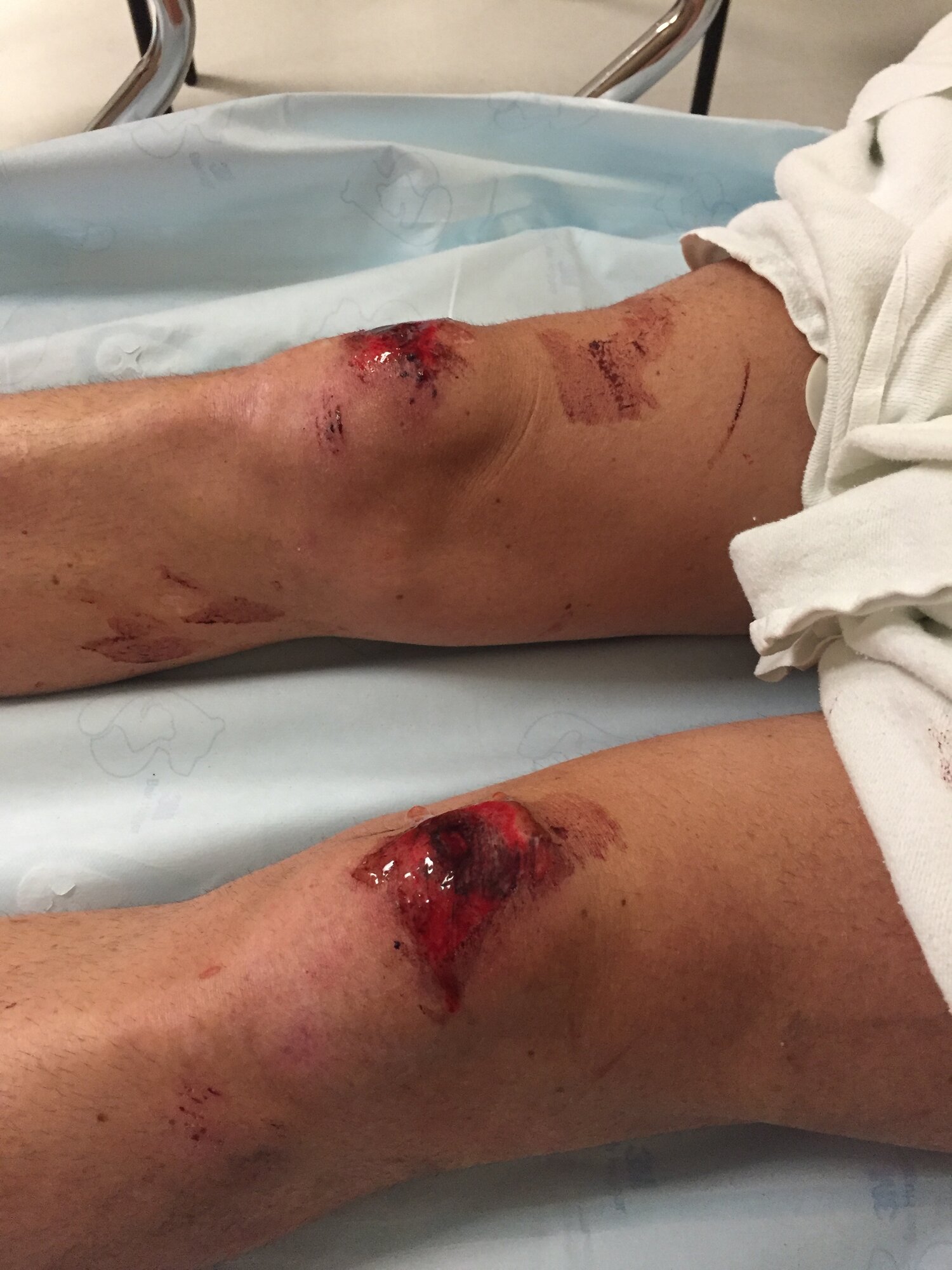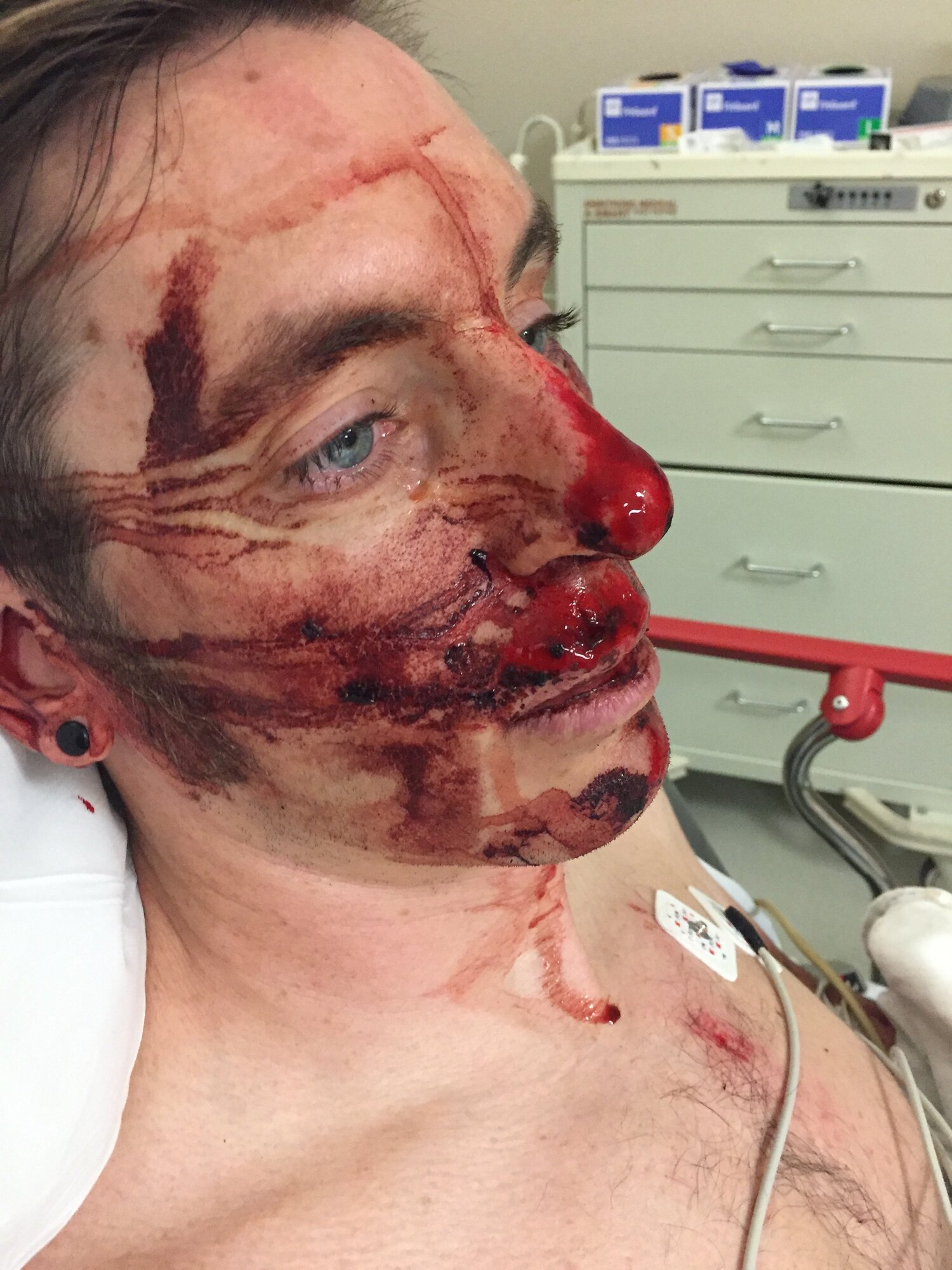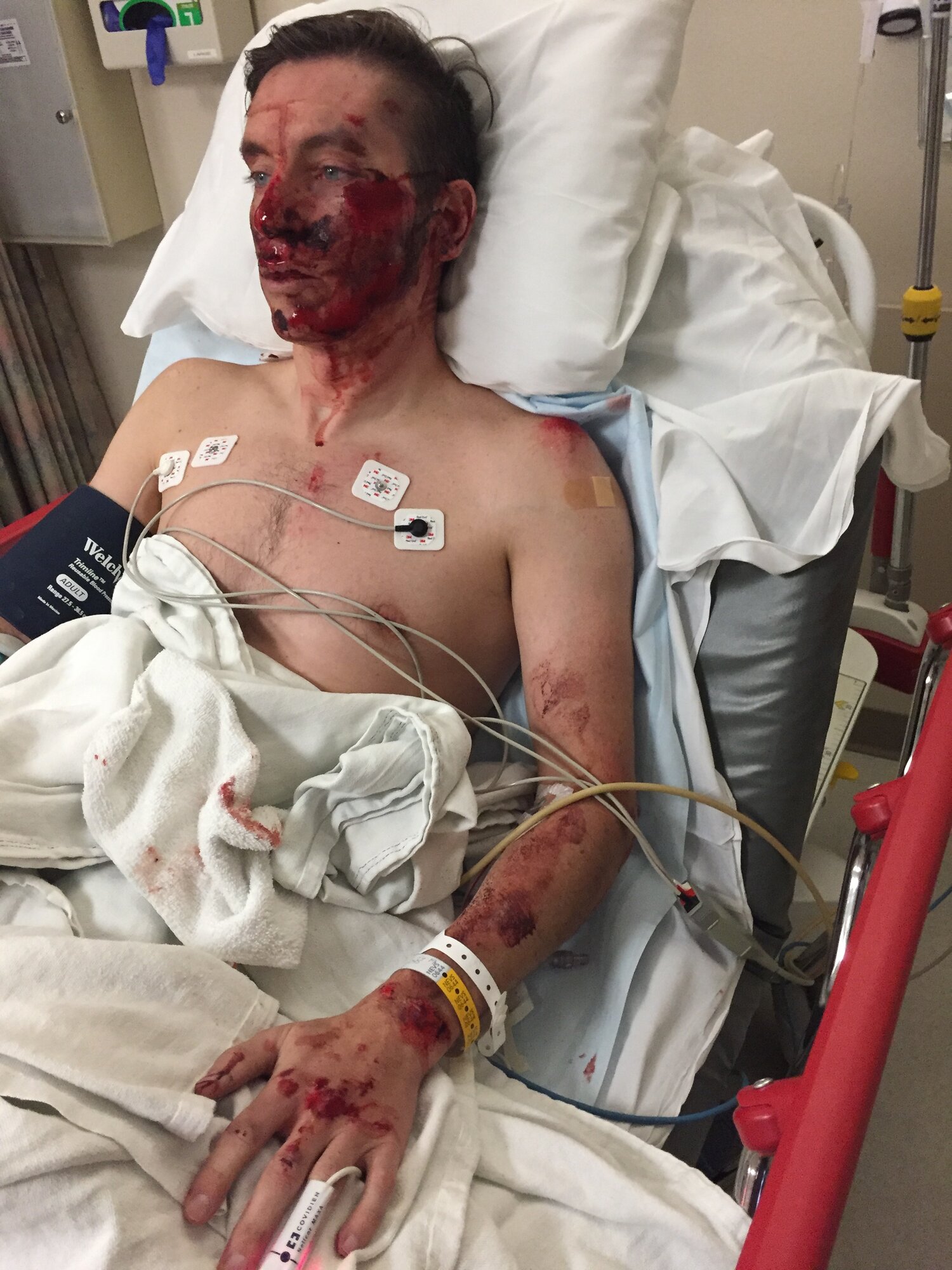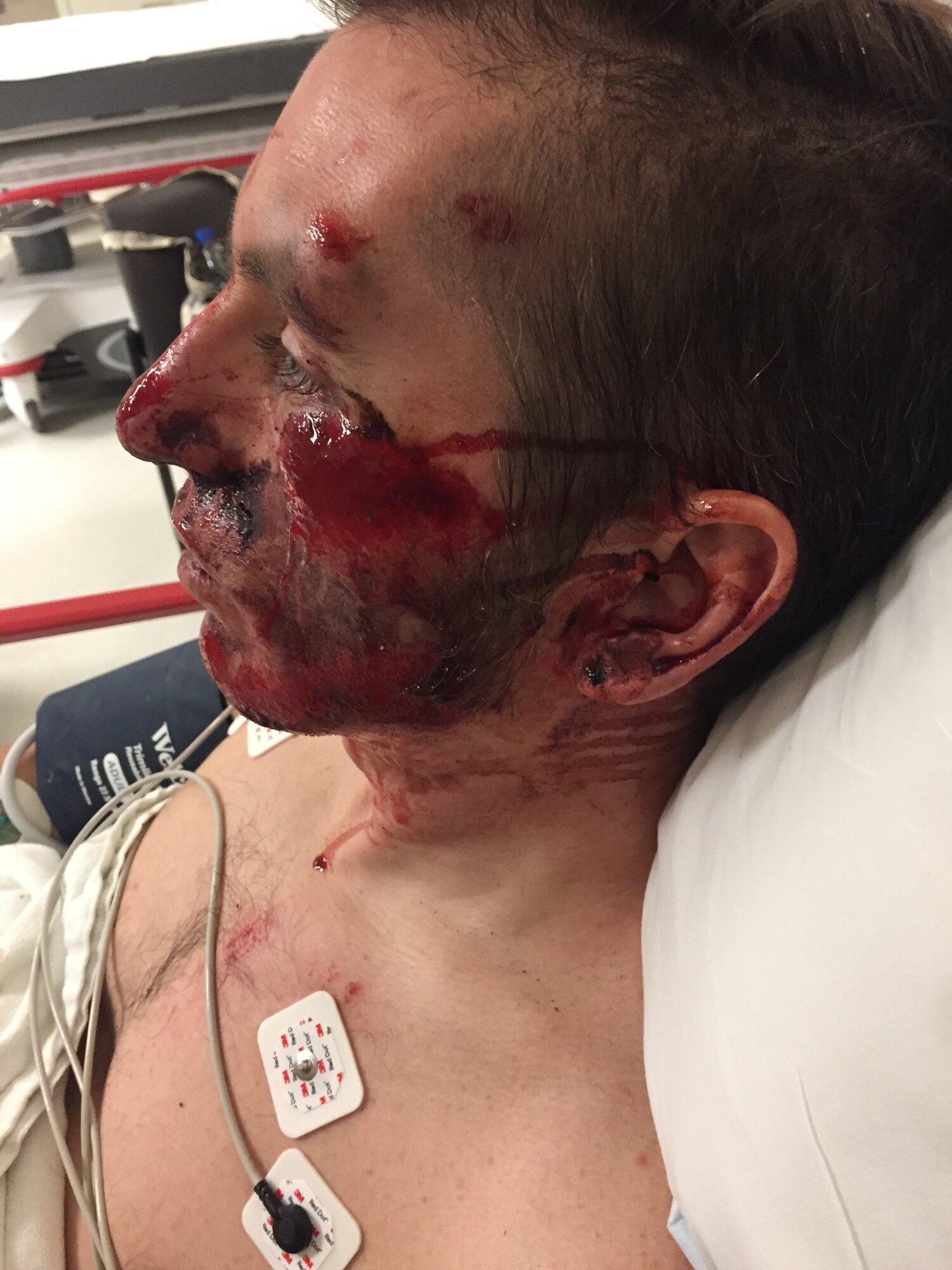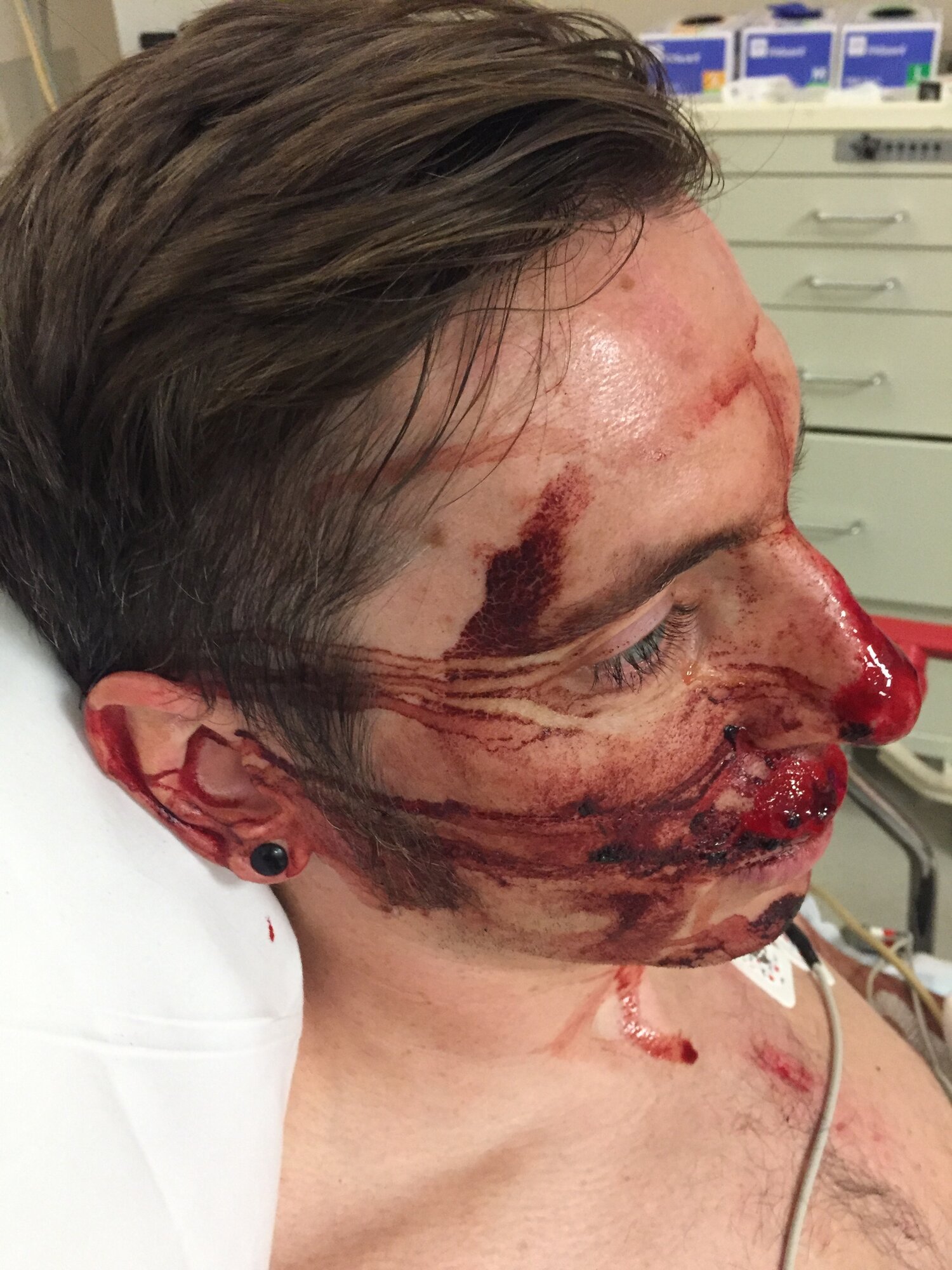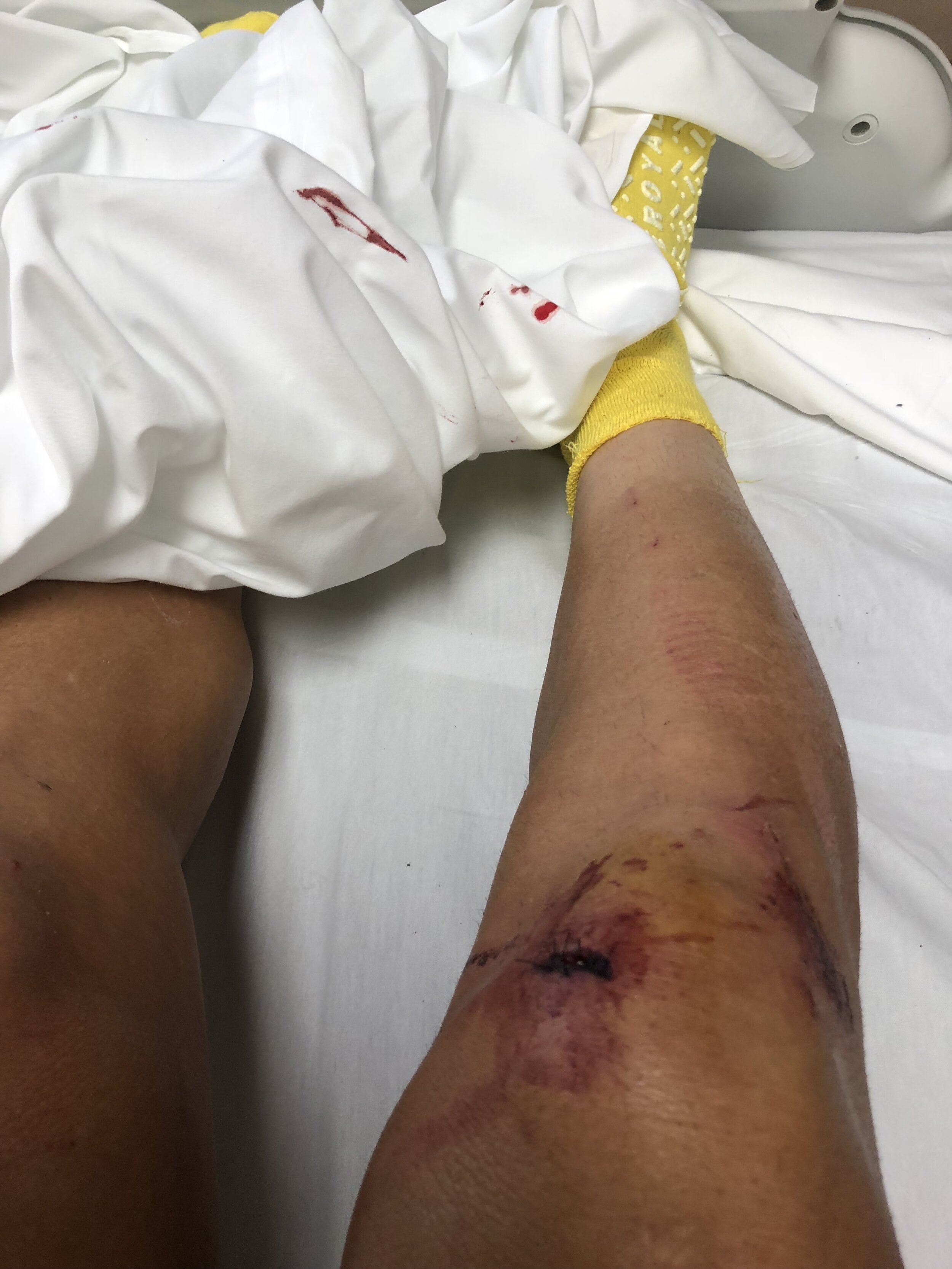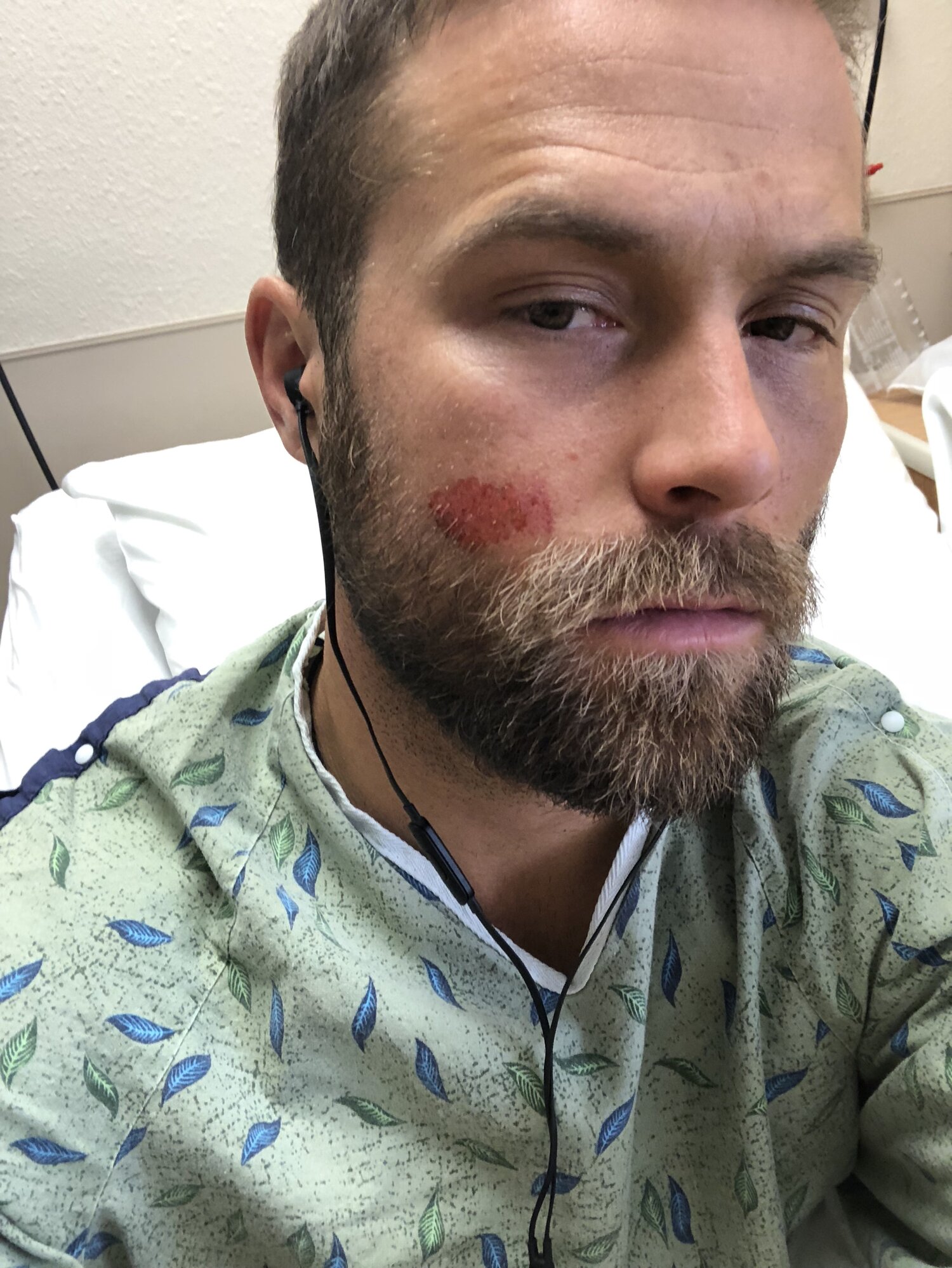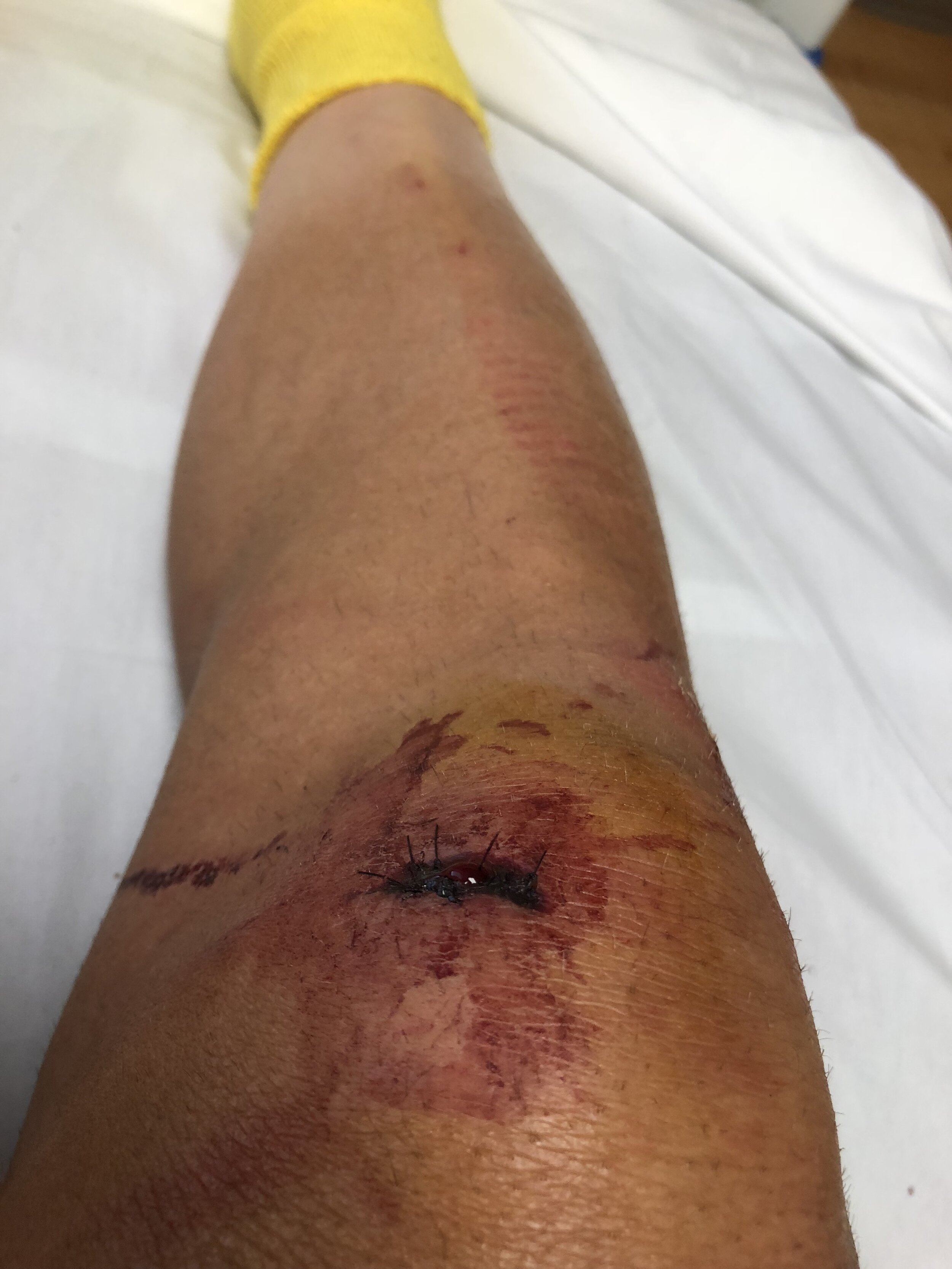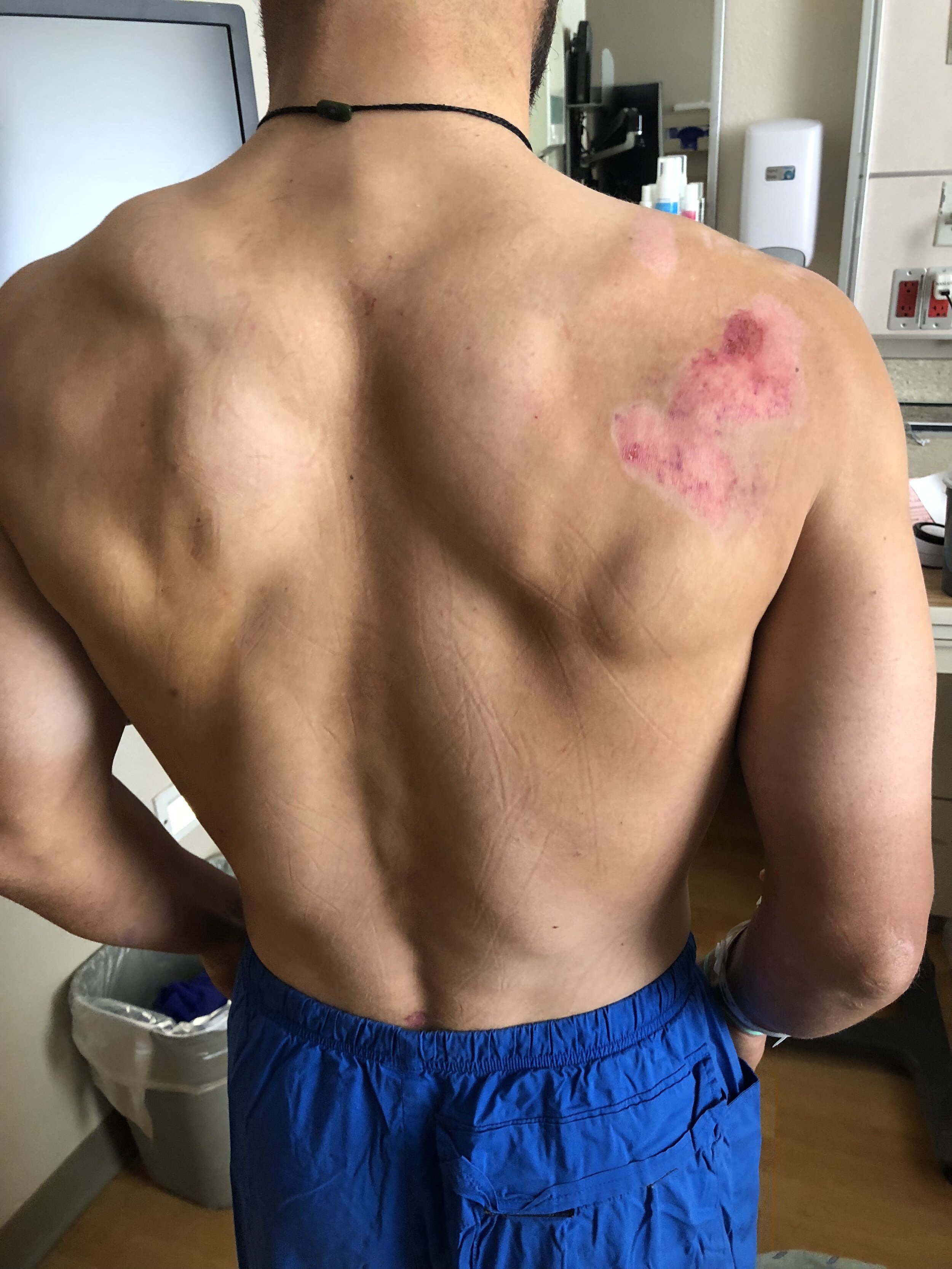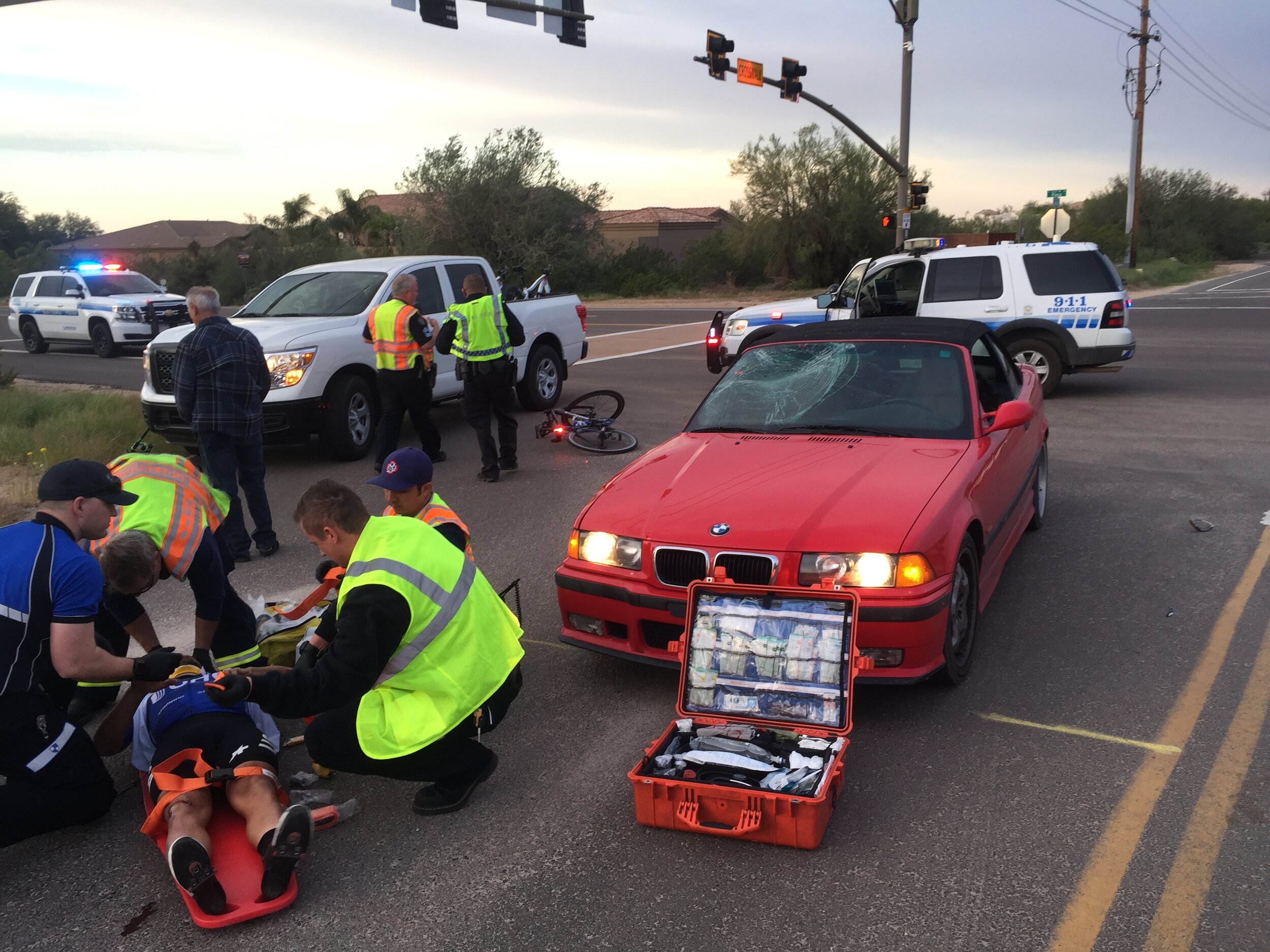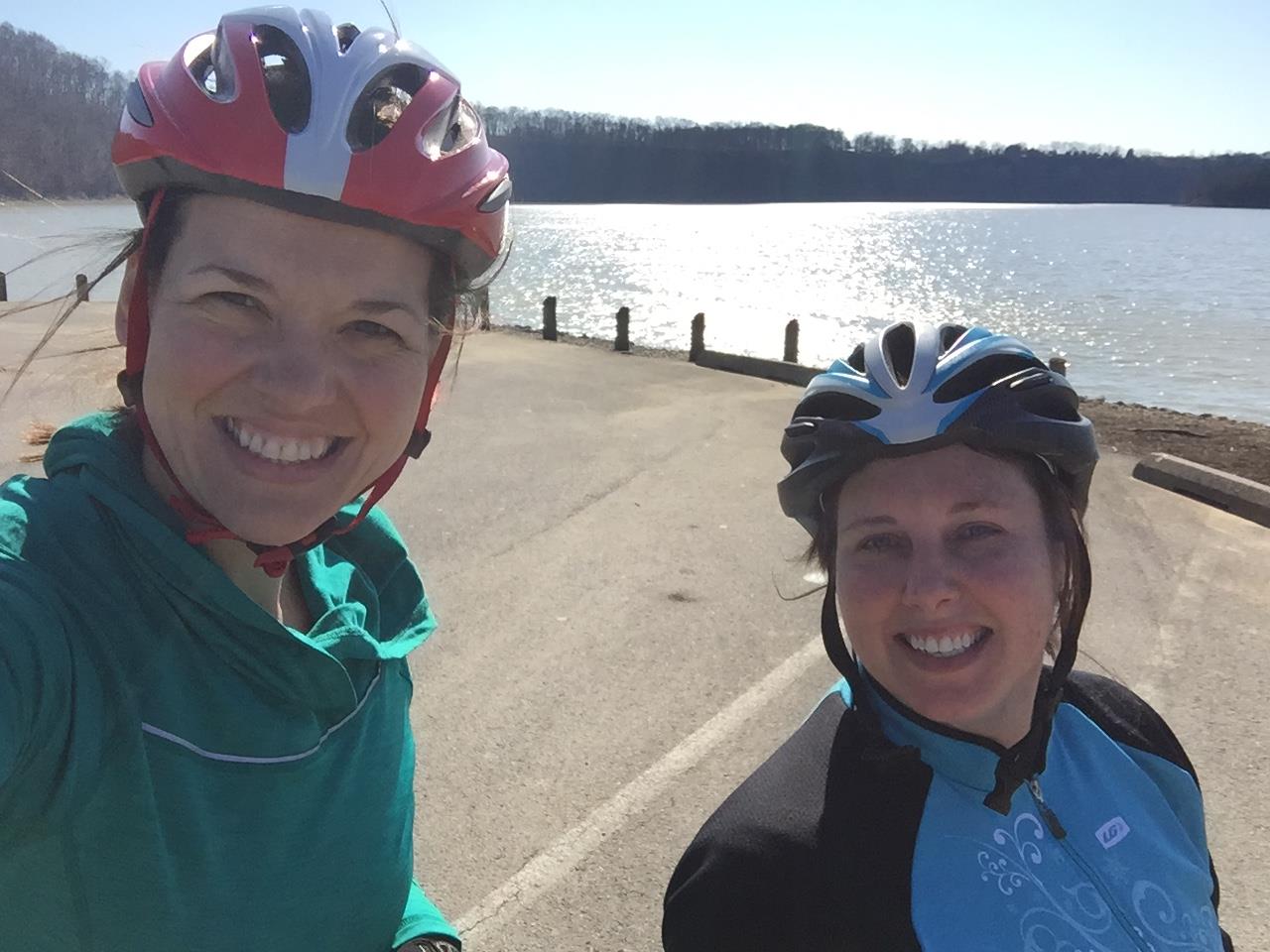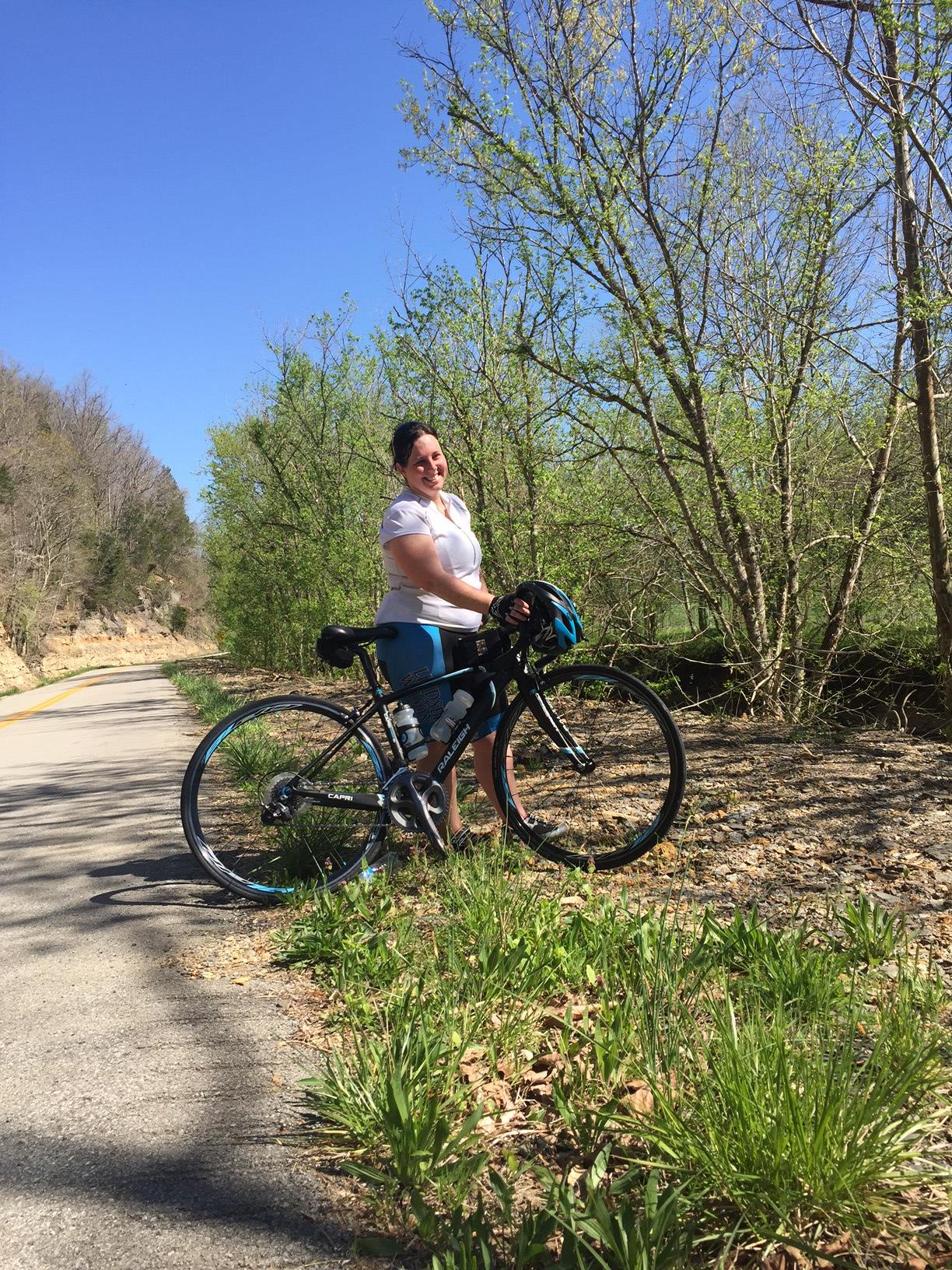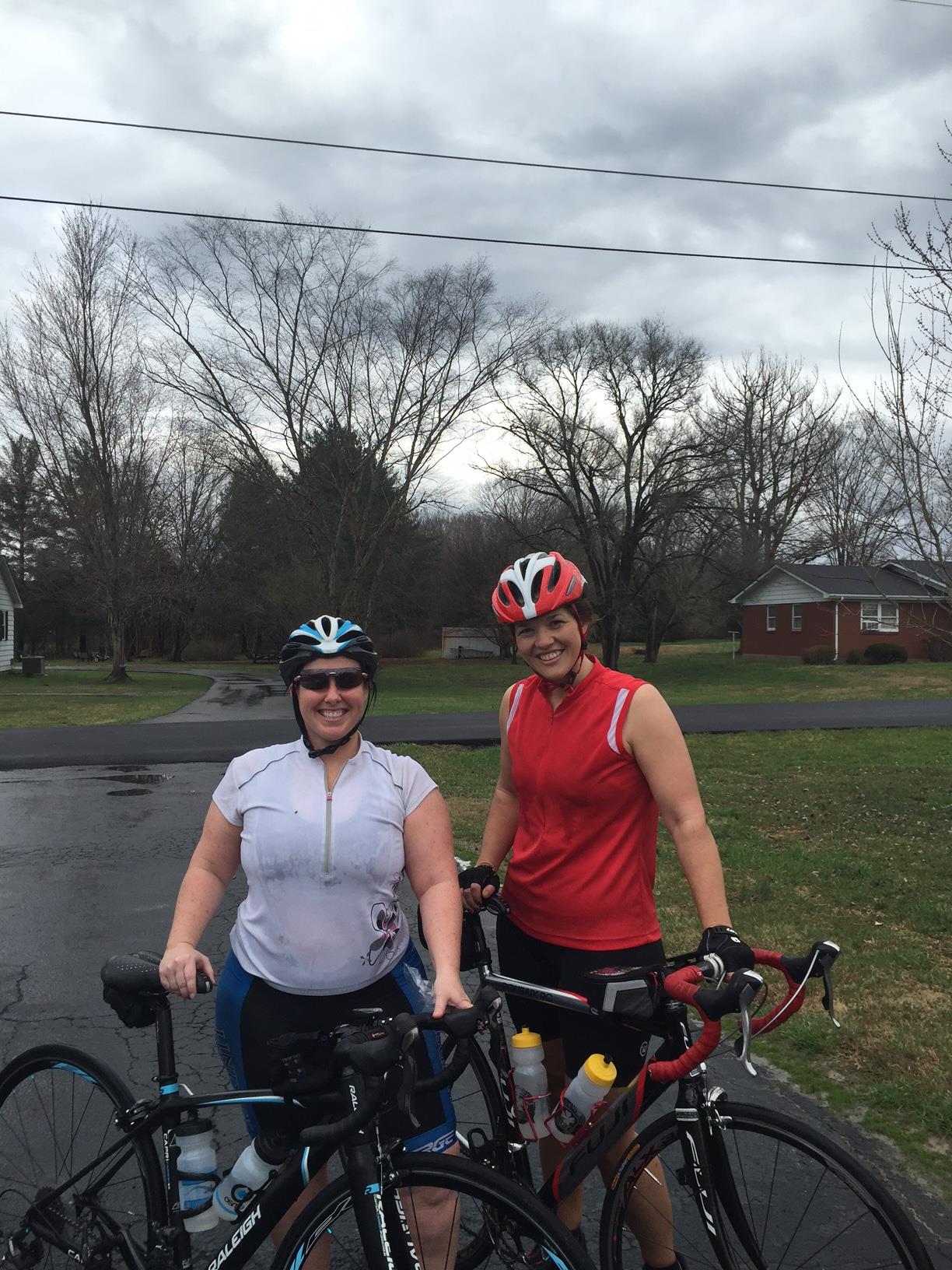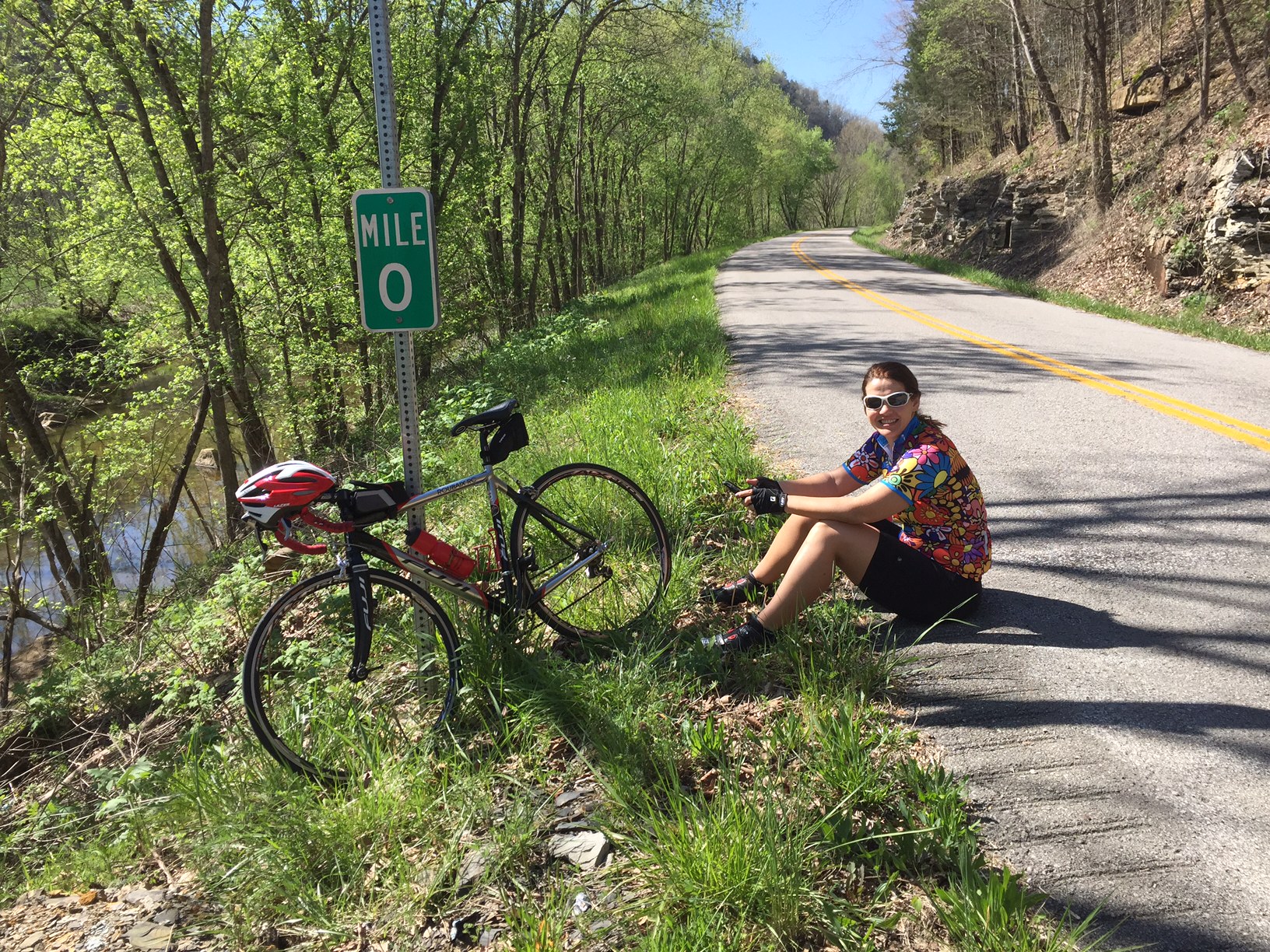Ben Boncella has been a State Farm customer for years. When he was hit by a driver whose insurance company was also State Farm, he thought the insurance company would be more willing to “take care of their own.” He realized how off-base his thinking was a week or two into the process of trying to handle his own claim.
Additionally, Ben feels that the insurance company/claims adjuster will give you zero respect if you are trying to resolve a claim on your own. “Although they try to come across as being nice and friendly, they are trying to take advantage of you by getting you to admit fault or partial responsibility for the crash.”
Ben thought his case was clear cut, and that he would be successful in handling the claim himself; a police officer had witnessed the crash and the driver, who admitted that she was in the wrong, was cited at the scene. Yet State Farm denied responsibility to pay out his claim for bike repairs, property damage, and medical bills. “I was extremely surprised by how unwilling the insurance company was to pay my claim. I thought it would be very straightforward – they would pay for the damage to my bike and kit and cover the medical expenses I incurred as a result of the collision,” he says. “I wish I would’ve known how much of a pain the entire process of battling the driver’s auto insurance was going to be.”
When State Farm outright denied liability after months of working at it himself, Ben decided to contact and hire our firm. “As soon as Megan got involved, their tone changed immediately, they became more responsive, more cooperative, and the process of getting this resolved was expedited,” he says.
The big takeaway from the whole process for Ben? It doesn’t matter how obvious the case/incident, the cyclist will always have to fight every step of the way. He was in a bike lane, riding below the posted speed limit, wearing brightly colored clothing, at a safe time of day, traveling on a route commonly used by local cyclists, had lights on his bike, a police officer witnessed the crash, the driver was cited on the scene, etc. “It doesn’t matter that you do everything right, and it’s extremely obvious. Insurance companies are out to make money, so they make you fight for everything. Do not give up!”
It was the morning of June 8, 2018, around 6:30 am when Ben was riding his bike to work heading north in the bike lane on Garrison Street in Lakewood, CO, and was coming up along vehicles that were stopped at a red light. Ben was wearing a cycling kit, a helmet, and sunglasses along with a backpack full of work clothes.
As he was riding through the intersection at Garrison and West 1st Avenue, the driver of a Ford Ranger pick-up truck failed to yield to Ben while making a right-hand turn, causing a front to side collision. Officer Arellano, who witnessed the crash, stated that Ben was not speeding and was riding properly in the bike lane with safety attire/equipment. Ben was not able to stop quickly enough to avoid the collision since the vehicle turned right in front of him. He crashed into the front right side of the vehicle.
The driver stopped immediately after hitting Ben and told the officer that she saw Ben but did not think he would be at the point of the turn. Officer Arellano stated that the driver was clearly at fault and that she needed to be better aware of the road and her surroundings to include checking the bike lane before turning. There were no obstructions, weather, or road conditions that would have affected her view of Ben or her ability to wait for him before turning according to Officer Arellano.
Ben was treated at the West Metro Fire Station, which is located directly across the street, where his injuries were cleaned up and bandaged. Ben finished his ride into work, but he went to St. Anthony's Hospital to get treated when his symptoms worsened after a few hours. He had road rash on the left side of his body and had a CT of his head and spine done as well as x-rays of his chest and wrist.
Citation: Careless driving, pleaded down to an unsafe vehicle charge.
Fines/Penalties: Two points assessed to the driver’s license and $134 in fines.The driver has two past convictions in 2004 in Lakewood and Denver, where she was also charged for driving an unsafe or defective vehicle.
Ben feels like it is way too easy for drivers to get charges reduced.
“She should have pleaded guilty to the charge the police officer cited her with because that’s what actually happened. If we keep letting people off easy, they’re never going to get any better and cyclists aren’t going to be any safer.”
Eventually, Ben was back on his bike, but it was painful and he obviously wasn’t 100% healed physically. It took awhile before the swelling, bruising, road rash, and soreness went away, but he was eventually back to his normal riding and workouts.
He was nervous to get back on the roads after the crash and rode a lot more bike paths afterwards. Gradually, Ben transitioned back to more and more road riding, but even to this day (a year and a half later), he is still nervous riding through intersections. “Drivers don’t use their turn signals enough or check their passenger side mirrors before making right hand turns,” he says.
If he could wave a magic wand, Ben would make the punishment for drivers who hit cyclists much more severe. “All it takes is a quick Google search and you can read hundreds of stories and articles about drivers hitting and killing cyclists yet only having to pay a small fine or do some community service. It’s sad to see how little the life of a cyclist is valued in these situations.”
Ben recommends that every cyclist get educated about local cycling laws/regulations and follow them when riding. Ride defensively when you need to, but also be courteous and respectful to drivers as much as possible.
Although Ben initially tried to deal with State Farm on his own, he was glad that he handed over the case to our team. “When I spoke with Megan about having her take over my case, she was extremely up front and honest about what would be involved, the timeline, the outcome, the financial side of things, etc. In the end, things worked out almost exactly as she had initially described them to me. The whole team was incredibly well organized and thorough. I’m not happy to have gone through this, but I’m glad that I had such a great team of people on my side fighting for me.”
